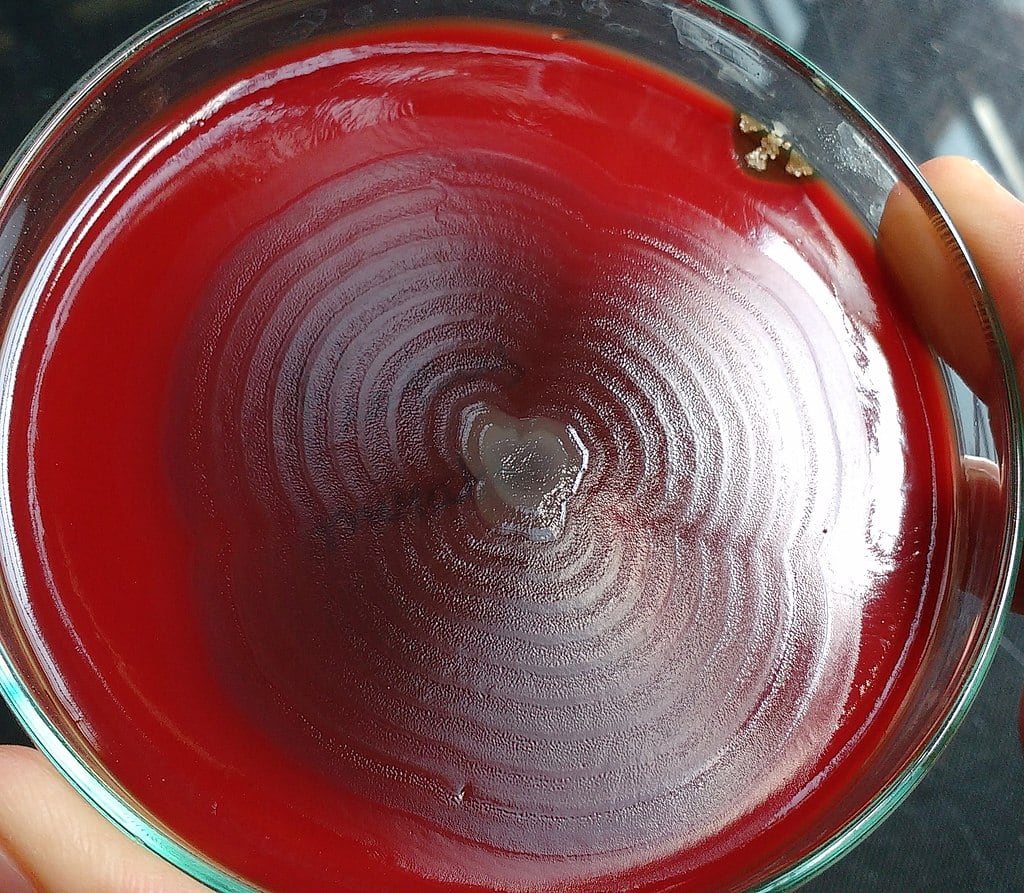This one is easier to identify due to typical morphological features. It is associated with UTIs and sepsis
Pili and urease production are vital to pathogenicity. Urease alkalinizes the urine and also helps cause upper urinary tract infections such as pyelonephritis. It also causes formation of struvite (magnesium ammonium phosphate) stones in individuals suffering from Proteus UTIs.
Gram stain shows Gram negative bacilli. Culture on blood agar will show swarming while Mac Conkey’s agar will show non lactose fermenting colonies with a fishy or seminal smell. Indole test is positive in P. vulgaris and negative in P. mirabilis.

Sign up for free to take 1 quiz question on this topic